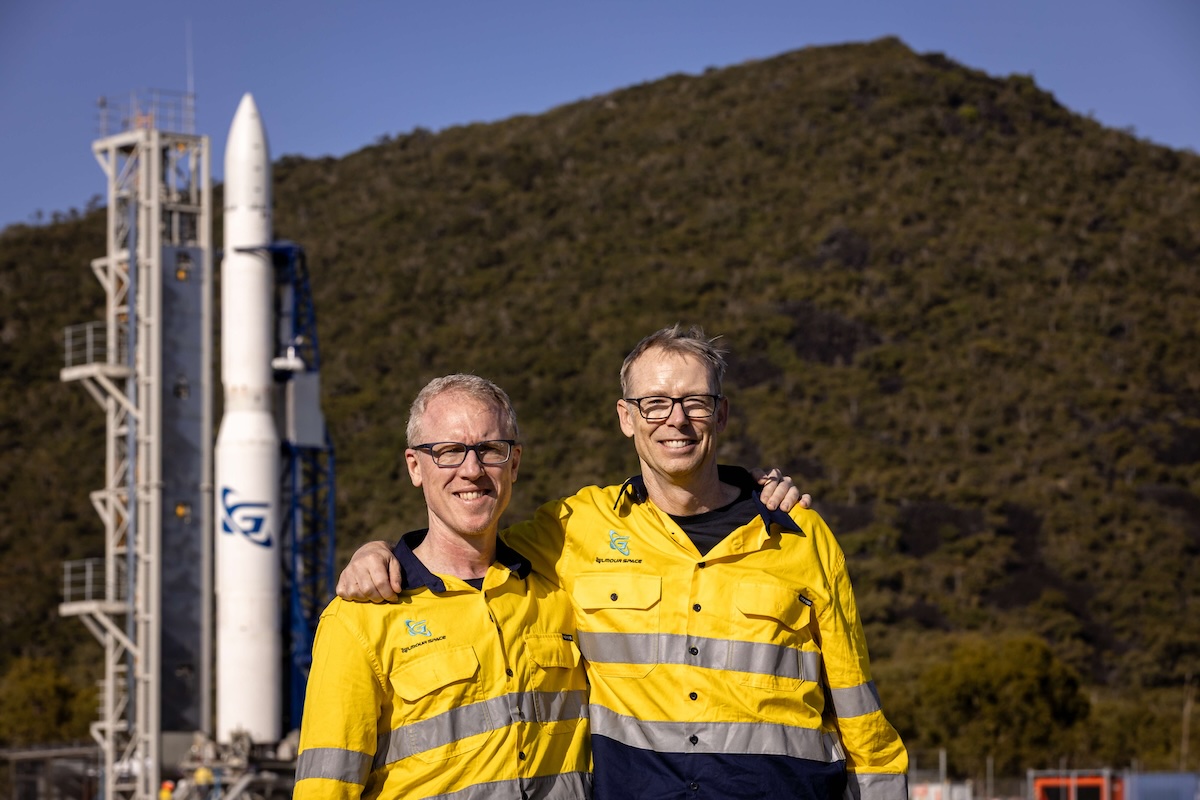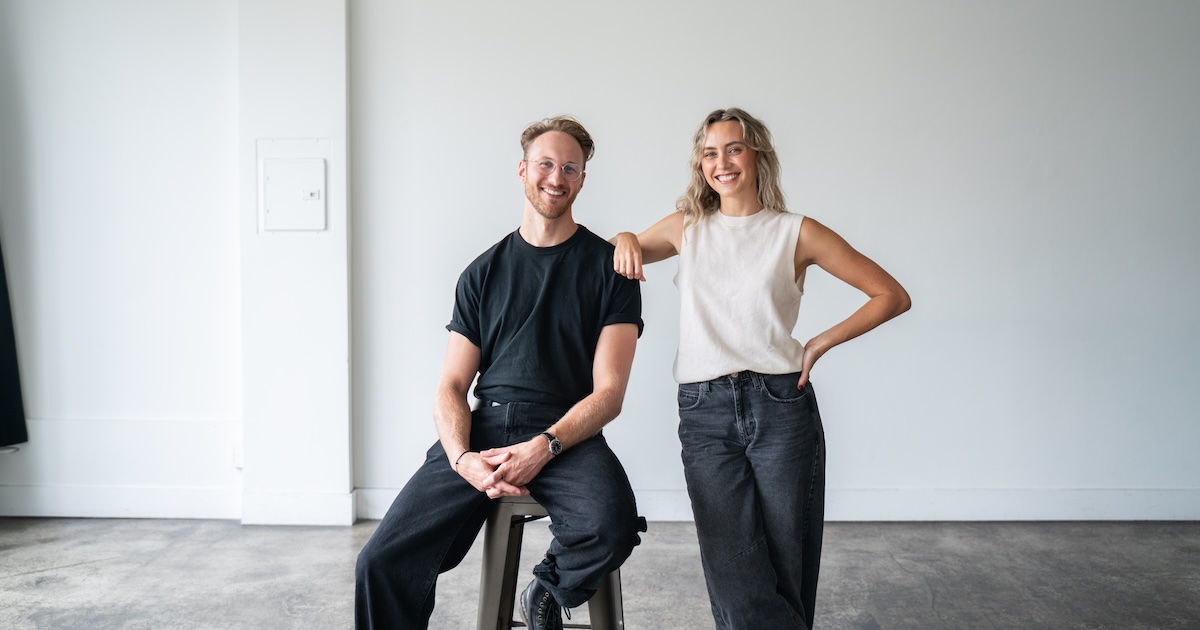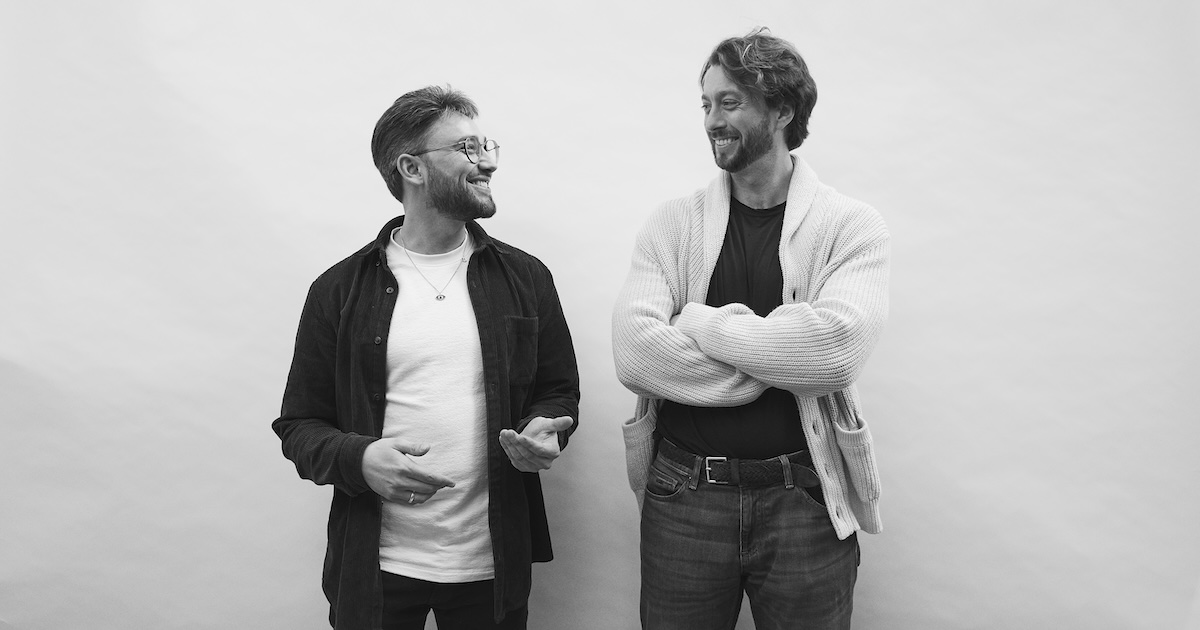
Tracking the gender diversity in our investment pipeline
This blog has been co-authored by multiple people at Blackbird including: Alissa Lucas, Kate Glazebrook, Alexandra Gifford, Nick Crocker, Melia Rayner and Rick Baker.
However we would like to give particular credit to Alissa Lucas, Impact Associate at Blackbird, who has led the work to gather the metrics from our portfolio, but has also gone much further in analysing these metrics to gather useful insights which we’ll take forward on our work in this area.
How we're tracking
In May 2023, we made public our commitment to improving the gender diversity of the founders we invest in, and set a benchmark goal of seeing 40% of companies at IC (investment committee) pitch with at least one woman founder. At that time, we also published our data on investing in more women founders, and we did so again in December. We were, and still are, guided by the belief that no matter how good or bad our data is, we’re committed to sharing it and will continue to do so annually.
When we first committed to releasing the data, there wasn't an industry standard, so we set one we thought was right for us. Equity Clear has since emerged and, as supporters, we're adjusting to meet their guidelines. Per the Equity Clear templates, we’ll be reporting on the gender diversity in both our investment team and our investment pipeline. To ensure consistency going forward, we’ll also be moving to reporting on a financial year basis. Our results are set out below, but the summary is that:
- over the past 12 months:
- we invested in 16 new companies and only 5 of these had a woman in the founding team (31%); but
- by dollar amount, we did better, investing 35% into founding teams with women.
- 44% of our investment team and 38% of those who make direct investment decisions are women.
While this is broadly in line with industry averages, we don’t think these numbers are good enough and it’s not where we want to be. We’re frustrated that the efforts we’ve made over the last 12 months haven’t moved the needle as much as we hoped (or, in some cases, at all).
Below we share more on the data and how we’re approaching the challenge.
The data today: Gender diversity in our investment team
Overall, the Blackbird team is now 57% women, and our Executive Team (the group that leads Blackbird) is also 57% women. While this number is important, also important is the diversity within our Investment Team, which is set out below in the Equity Clear format.
.avif)
Note: the Equity Clear template also covers ‘other gender or identity’ and ‘racially and ethnically diverse including Aboriginal or Torres Strait Islander peoples’. While we conduct diversity surveys internally, they are optional and we don’t have 100% completion so we cannot answer these metrics with certainty.
We’re close to target on our overall Investment Team diversity, but we’re below target at the senior investor level. Of course, this is also skewed by the fact that our two founding partners are male.
We’re working toward improving the gender parity in our senior investment team over time as our junior team grows into more senior roles and we continue to hire a diversity of team members. We’ll also continue to use Applied, an anonymised de-biased recruitment platform that has already been integral to improving team diversity.
The data today: Gender diversity in our investments
Below is our investment pipeline data in the Equity Clear format. The data includes all investments made over the period July 2023 to June 2024 from the two current Australian and New Zealand Blackbird Core Funds, our funds dedicated to new investments in early-stage companies.
Note: due to small sample sizes, we have not included non-binary founders.
The following chart shows how this compares to last financial year. As you can see, we did slightly worse on the number of investments, but better by dollars invested.
It’s worth noting that we only invested in 16 new companies from these funds in FY24, so even one company can make a big difference to the percentages.
That said, it’s clear that we have fallen short of our internal goal of seeing 40% of companies at IC pitch with at least one woman founder, seeing only 33% in FY24.
We own our numbers: regardless of the progress we have made on certain metrics, we know that we still have a long way to go.
Actions we've taken
We have an investment strategy and process which has been formed over the last 12 years of Blackbird’s existence and from our teams’ experiences before founding Blackbird. We have always focused on finding and investing in the best companies we can, regardless of the founders’ gender or background. This has served us well and created a strong track record of financial returns.
Our most successful investment is co-founded and led by a woman and we have a number of highly successful women-led and co-founded companies in our portfolio.
But a few years ago, we realised our process wasn’t working to get the gender diversity that we wanted across our whole portfolio and we started working towards improving. (It’s also important to note here that gender is just one form of diversity we care about. If we can find ways to meaningfully tackle the gender issue, the learnings, solutions and structural debiasing that come from it can hopefully inform how we can best solve other diversity issues.)
So far, we’ve tried to approach it from a few angles:
- We started by:
- trying to remove bias in our investment process by requiring blind voting in both pitches and hiring,
- doing allyship training, and
- ensuring that everyone in our team (men/women, junior/senior) could effectively express their views.
- We set gender diversity targets within our pipeline and started measuring and reporting on them on a monthly basis internally and an annual basis externally.
- Then we focused on our deal flow, trying to reach more women founders. We intentionally directed our programs and partnerships (like Giants, Foundry, Protostars and the programs run by others that we support) to focus on bringing more gender diverse founders into startups.
- And of course all along, we’ve been working to have greater diversity in our senior investment team.
Despite all of this, we’re still not seeing the end results at the new investment level. Partly this is because some initiatives take time to bear fruit. And partly it’s because as an industry, we’re still seeing too few women entrepreneurs. We recognise that the systemic challenges might take years to overcome, and progress may be non-linear.
What comes next
This is a stubborn problem plaguing the whole industry and we don’t have the solution yet. But we can continue to strive to get better. For us, that looks like:
- Keeping our target of seeing 40% of teams with women founders at the Investment Committee (IC) pitch stage. We think this is helping us stay focused and accountable.
- Delving deeper into what our programs can do to surface great women founders and support those early in their startup journeys to believe this could be a path for them. We’ll keep the gender targets for Giants and Foundry which have worked well so far.
- In the last year, adding Giants companies to our deal flow pipeline resulted in a 40% increase in all-women founded teams at that stage. We’ve also seen that two out of the five Foundry companies that have applied for investment and made it through to IC pitch had at least one woman founder in their team. This is especially notable given Foundry focuses on deep tech and biotech, fields typically associated with a greater degree of gender imbalance.
- However, the big impact of these programs is still yet to be felt as we typically see a lag time to investment from our programs, with most of the cheques being made 1-2 years after a company’s involvement in a program.
- Continuing to interrogate our data, including deal sourcing. We know from the last 12 years of investing that phenomenal founders can come from anywhere. So we want to make sure that each of our principal channels for meeting founders (including website applications, referrals, direct outreach, and events) is helping toward our goal.
- Finally, working with others. We’re under no illusion that we can solve this on our own and we’re excited to see more industry collaboration through groups like Equity Clear. We’re eager to work with our peers on these thorny challenges the industry faces, while continuing to do everything we can internally to move the needle.
Most of all, we will continue sharing our data publicly. As Kate and Nick wrote in our first release of this data, we believe that transparency drives better outcomes, even if (especially if) it is uncomfortable. We’ll continue to publicly track and disclose our progress and you can hold us to account.
Thank you for reading. Feedback is always welcome, and if you have a startup idea you’re looking to pitch, we would love to hear from you.
With sincere thanks to the following founders and DEI leaders who contributed to this blog: Anna Guerrero (Clove), Jessica Richmond (Sumday), Samar McHeileh and Rachel Yang (Equity Clear), Carol Schwartz (Female Led Ventures and Beyond the Billion), Check Warner (Ada Ventures), Aubrey Blanche-Sarellano (Culture Amp), Siri Chilazi (Harvard University), Noga Edelstein (Panorama).


.webp)



.jpg)





